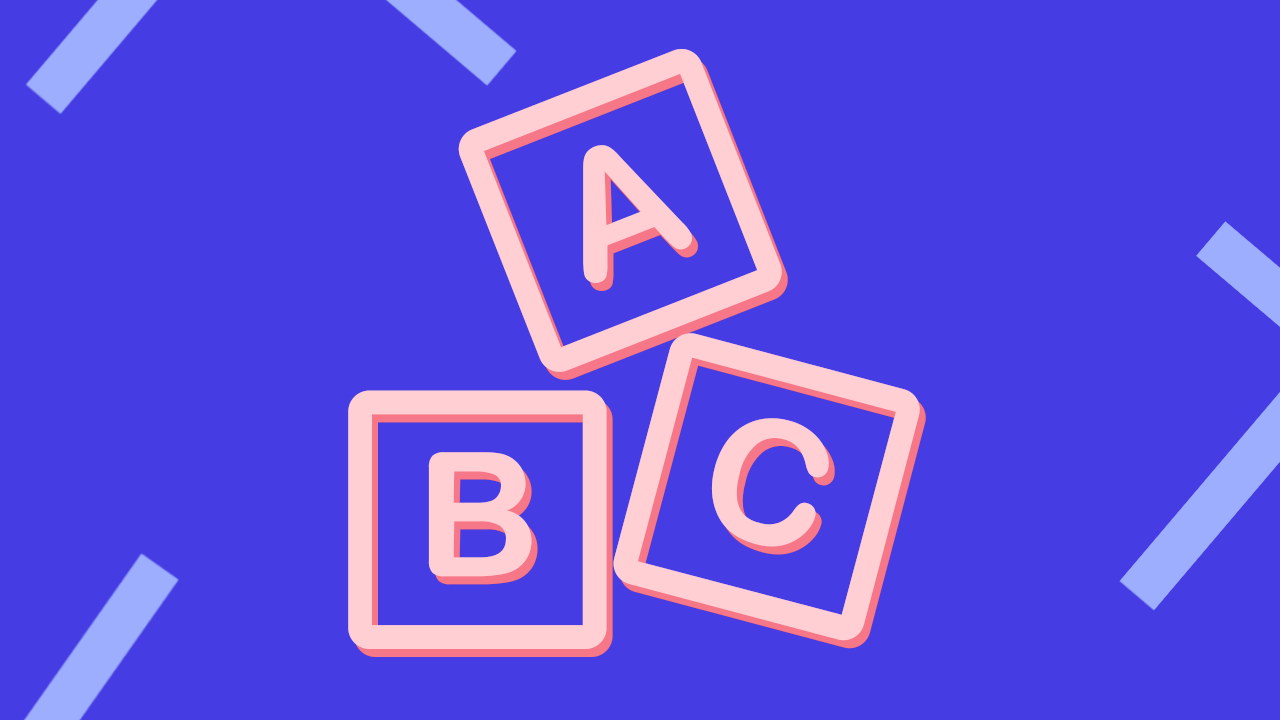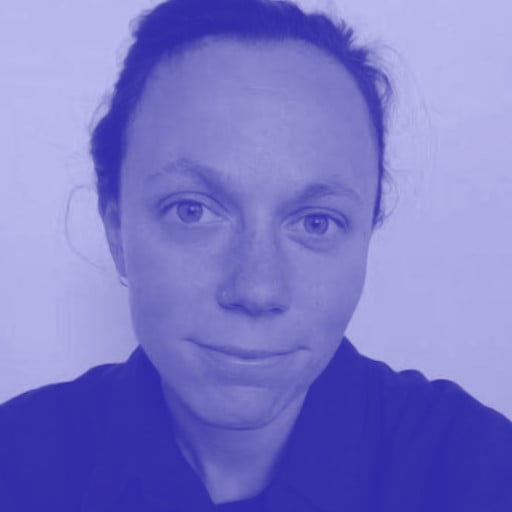Like many designers, I took an unusual route into the practice of design, from working with children to working in content.
After graduating with a degree in graphic design, I chose to stay in the educational space and spent several years working in early years education (EYFS) with children aged between 2 and 6.
I looped back to a career in design a couple of years ago, bringing with me all sorts of useful skills and experience.
Working with young children taught me things I wouldn’t have learned in a design agency, or in-house design team. It made it possible for me to switch tracks, from visual design to content design, which is where I am today.
What exactly can an unusual career path like mine bring to the way you practice design?
What links early years education to design in general?
I’ve thought a lot about the question above, first as an educator with a background in design, and now as a designer with a background in education.
1. Education and design are both creative spaces
Practitioners in both fields use creative tactics to entertain, inspire and educate.
You might say that children are the ideal audience on which to test design consultancy skills, and I learned a lot from them.
They express creativity in many ways, which taught me that there’s no single approach to practicing creativity.
2. Strong communication skills
Communication is the thread that ties design to most other professional practices.
In most roles, you need to be able to get information across clearly, whether visually, verbally or with written words. Often a mix of all three.
Working in EYFS, this was incredibly important, and taught me how to find the clearest possible language so that everyone can understand, and join in.
3. The importance of play
It’s what children do by default but which most of us unlearn as we get older and “leave childish things behind”.
Design is, to some extent, about helping grown-ups rediscover that inner child. We provide spaces in which people can take risks and express new ideas.
Children are amazing and surprising problem solvers. If we give adults similar permission to play, they’ll often find solutions to problems that might never come up if we stick to standard ‘professional’ approaches.
What links early years to content design specifically?
When you work with children in education, you are a content designer. Thinking about and adapting to user needs is what you do every single day.
1. Using the right language
How do you make learning interesting enough to keep a child’s interest? Children have no patience for waffling, so you learn to keep it short, and get to the point.
You learn a lot about inclusive language, too, always being conscious that you’re a huge influence on the children you’re working with.
They’ll use the language you use, so you always need to model the right behaviour.
Working in a school was where I noticed how often the language we use is rooted in assumptions, especially about gender and traditional values.
That sensitivity has come in very handy working in content design, especially for public sector clients.
2. Adapting to different audiences
All children have different needs and abilities that need to be considered, otherwise you’ll lose their interest. You get a strong feel for what will be understood by the greatest number of people.
To fully include those who speak English as an additional language you need to learn to avoid idioms, slang and shortcuts.
3. Practicing empathy and facilitation
Children learn best when information is suited to them as individuals.
Being in a classroom can be a lot like running a workshop every single day, with an audience that doesn’t want to stick to timings or stick to an agenda.
A good skill is the ability to read a room and know when the attention in the room has shifted. Letting children follow their own interests is a common practice in early years education and can lead to interesting learning opportunities.
It’s not only about what’s going on within the education setting but also outside. In other words, just like a designer, you need to understand the entire user journey.
4. Being comfortable not knowing the answers
Going on a journey and being willing to explore with children can add value to their learning.
It’s useful to show them how adults solve problems, instead of just telling them the answers. You might ask questions like “Why do you think the spider does that? Where can we go to learn more together?”
In content design, I get the same feeling from turning questions back on colleagues, clients and stakeholders. Finding answers together instead of playing the part of a thesaurus or a dictionary.
Do you want to move from education into design?
This transition is less complicated than it might be from some other professions.
The biggest challenge is tailoring your CV to meet the expectations of a role in design and filling the gaps.
For example, start thinking of lesson plans and classroom materials as evidence of your skill as a content designer and build a portfolio.
If you can take on design roles alongside classroom work, that’s a good idea too. Having taken responsibility for website content or marketing materials can help make the case in a job interview.
My colleague Miriam Vaswani has offered advice about moving from corporate communications into content design and a lot of it also applies to teachers.
If you’re ready to make the move now, SPARCK is hiring. Check out our vacancies.



